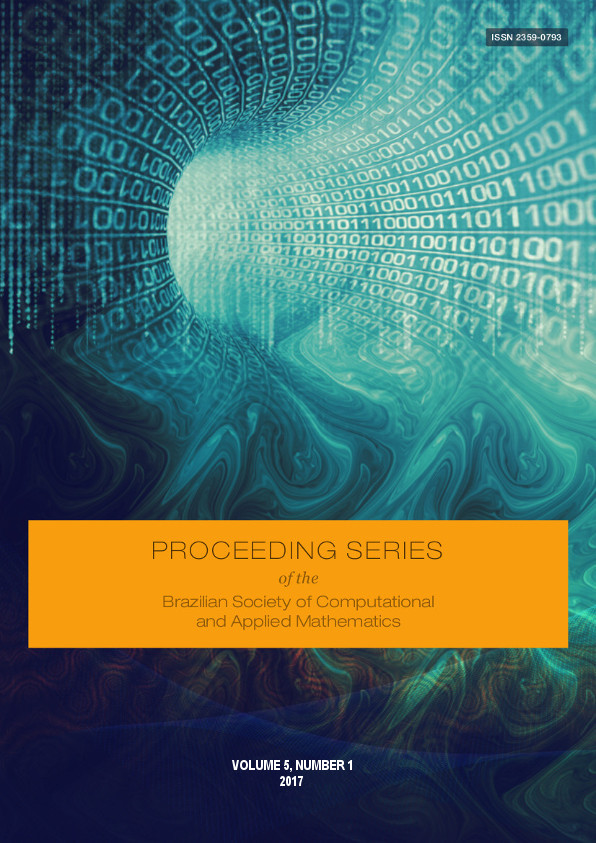Articial Neural Network Emsembles Applied to the Design of Performance-Oriented Riparian Buer Zones: the Case of Nitrogen Filtering
DOI:
https://doi.org/10.5540/03.2017.005.01.0575Resumen
The design of riparian buer strips (RBS) with adequate width to consistently serve conservation purposes is discussed. From the diverse ecological functions RBS, we concentrate on the ltering of agrochemicals, more especically nitrogen loads due to uphill agriculture activity. Towards this end, we use experimental data from previous studies on mean nitrogeninuent, ltering eciency, soil type, vegetation density and mean RBS width to systematically train, validate and test about 6; 000 articial neural networks (ANNs) of diverse architectures. The results show that the ensemble largely outperforms most individual networks. Further, the results indicate that the existing buer vegetation width is insucient for ltering purposes and that the buer width proposed in the Brazilian environmental law is about 40% below the value advocated by the specialized ANNE for most sub-basins in the watershed.

